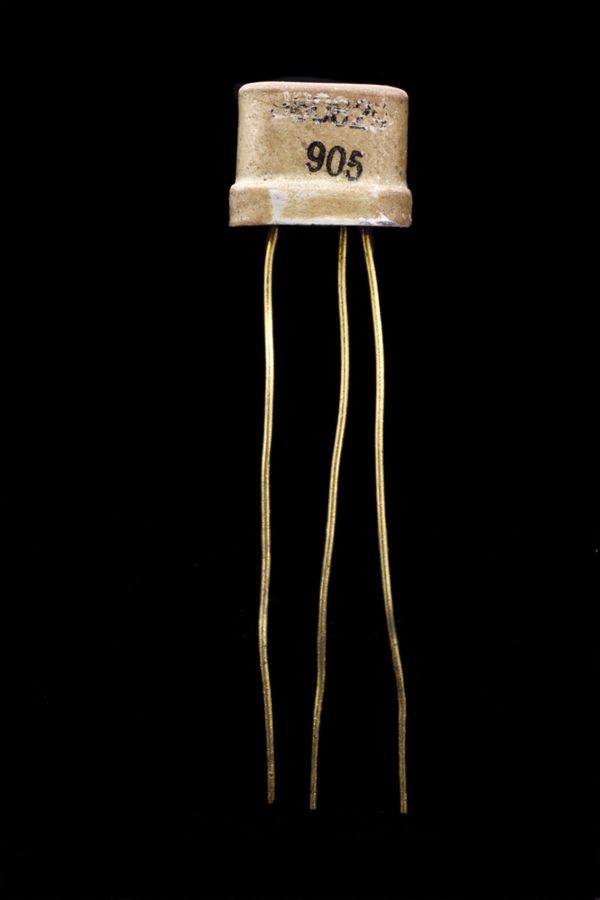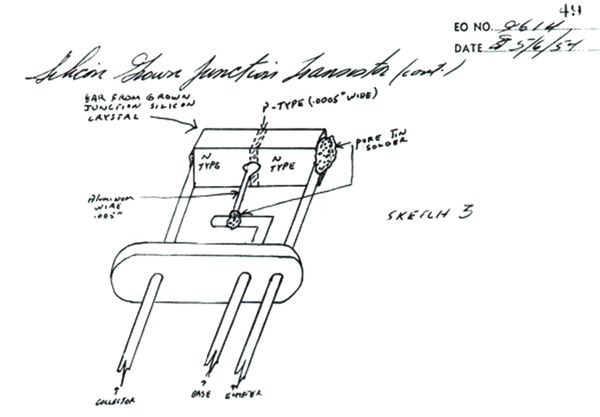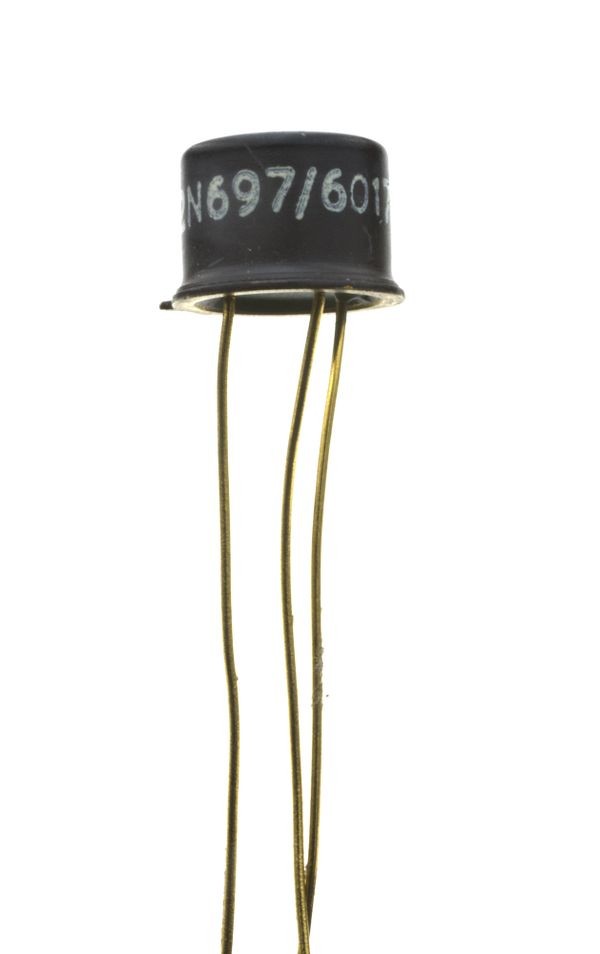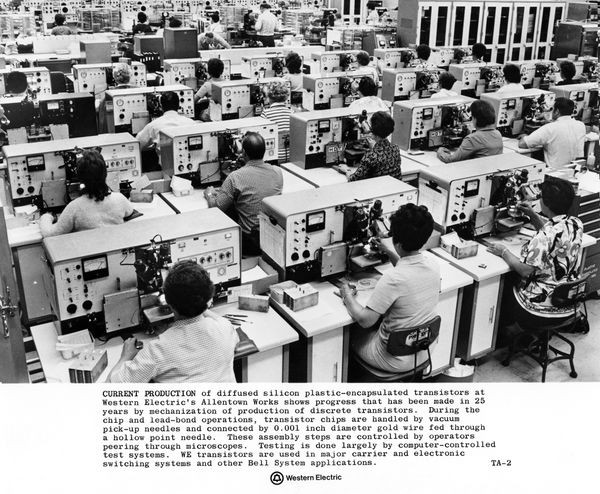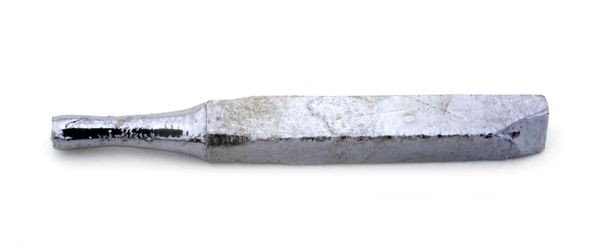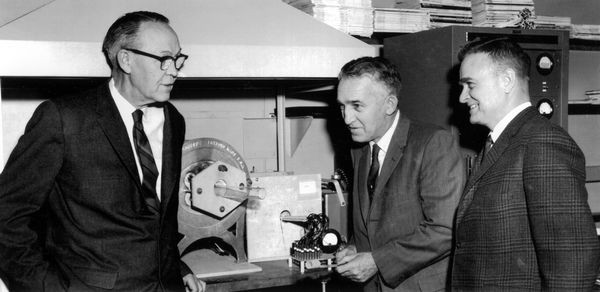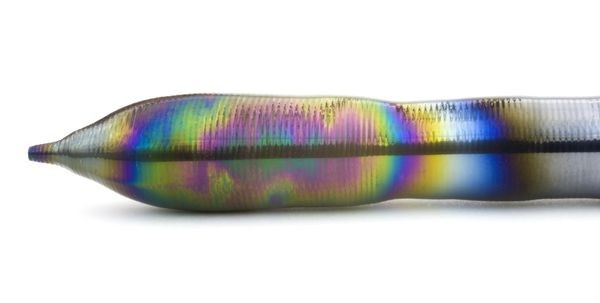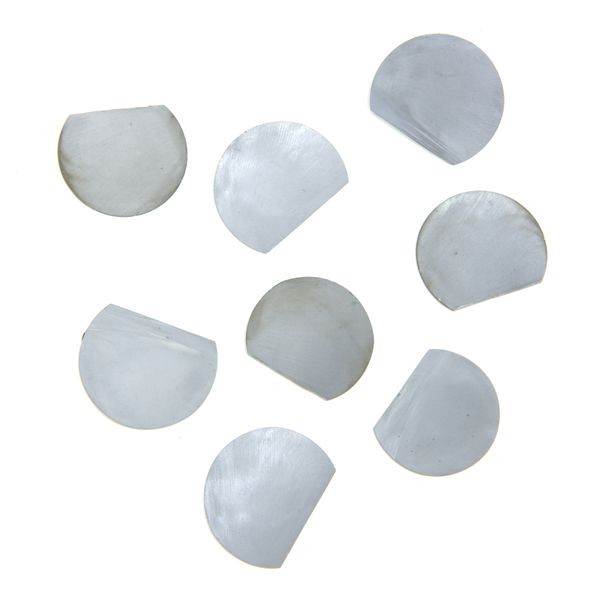Switching to Silicon
Silicon crystal lattice
Silicon makes up 28% of the Earth’s crust by weight, and is the second most abundant element after oxygen. It crystallizes in the same pattern as a diamond.
Switching to Silicon
America’s high-tech home might have been “Germanium Valley” if named for the material in early transistors. Silicon offered better performance, but was too hard to work with.
That changed in 1954. “Contrary to what my colleagues have told you about the bleak prospects for silicon transistors,” announced Texas Instruments’ Gordon Teal at a conference, “I happen to have a few of them here.” He then demonstrated a record player that failed when its germanium transistors were heated, but not with silicon transistors.
By 1960, most transistors were silicon. TI was their leading manufacturer.
The silicon transistor’s ability to operate at temperatures up to 150°C made it an essential component in U.S. space and defense programs.
TI silicon transistor design team
The silicon transistor design team at Texas Instruments included, from left: Willis Adcock, Mort Jones, Ed Jackson and Jay Thornhill.
View Artifact DetailSilicon Grown-Junction Transistor –Type 905, Texas Instruments
This was the first commercially sold silicon transistor.
View Artifact DetailTI silicon transistor design
A sketch from Morton Jones’s engineering notebook shows the mechanical design of TI's first silicon transistor.
View Artifact DetailSilicon Mesa Transistor – Type 2N697, Fairchild, 1958
Fairchild’s silicon mesa transistor was used in the Autonetics Minuteman I missile guidance computer.
View Artifact DetailMass Producing Semiconductors
Manufacturing semiconductors commercially isn’t like making them in a lab. Production must be cost effective and materials pure to one part in ten billion—less than a pinch of salt in three freight cars of sugar.
Better crystal growing and refining techniques brought bigger wafers and higher quality. Innovations in complex fabrication processes, such as oxide masking, photolithography, high-temperature diffusion, ion-implantation, film deposition, and etching, increased yields and improved reliability.
High-volume assembly of transistors and diodes in miniature packages, together with sophisticated testing equipment, reduced costs and increased production to meet growing demand.
Transistor production
Western Electric’s Allentown works opened the first assembly line for the mass production of transistors in 1951, manufacturing 6,000 devices that year. Specialized assembly equipment reduced costs and enhanced reliability.
View Artifact DetailSilicon ingot production
It took approximately 12 hours under very precise temperature control to grow this 28 inch long, 2 inch diameter single crystal silicon ingot at the Western Electric Allentown Works of AT&T.
View Artifact DetailSilicon seed crystal
Fairchild used this seed from Dupont to make the company’s first ingots.
View Artifact DetailDiffusion furnace
Calvin Fuller, Carl Frosch and Lincoln Derick, developers of oxide masking techniques at Bell Labs, pose by an early diffusion furnace. Desired impurities contained in high-temperature gases are introduced into semiconductor wafers through openings in the oxide.
View Artifact DetailSingle-crystal Silicon Ingot
Silicon transistors and diodes are made on wafers, sliced from single crystal ingots grown from molten material. The ability to operate from - 55°C to +125°C, made silicon an essential component of the U.S. space program.
View Artifact DetailRelated Content
Learn more about some of the techniques developed to build high speed silicon transistors
Building the first silicon transistors
Diffusion process enables high-speed silicon transistors
Epitaxial deposition enhances transistor performance
Silicon transistor exceeds germanium in speed


